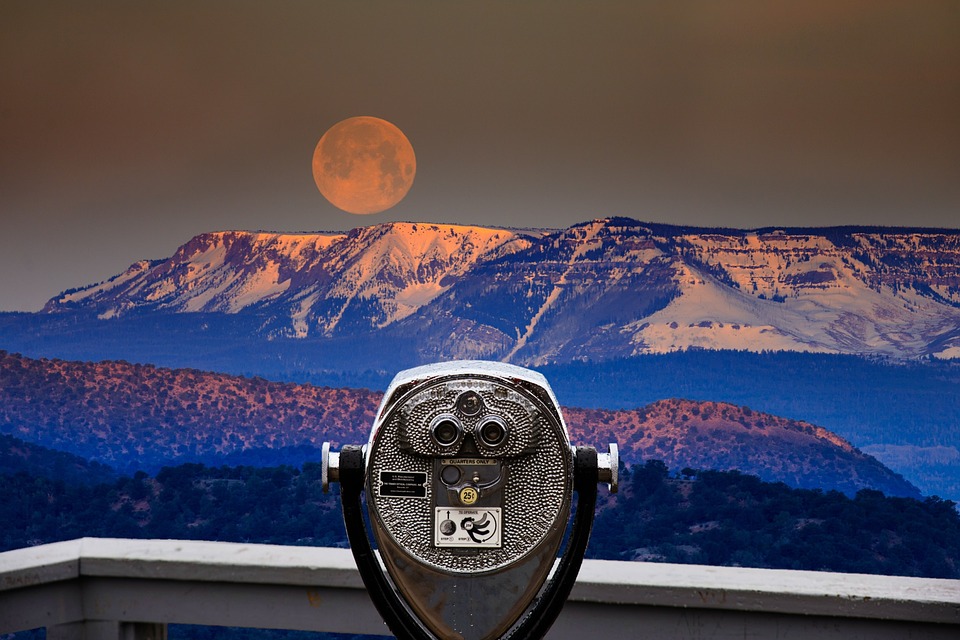ESO’s Science Operations Stopped By Coronavirus Pandemic

ESO or the European Southern Observatory’s telescopic windows to the universe have, for the time being, halted operations and is placed into ‘safe mode’ following the COVID-19 pandemic. Even the US health agency is not spared from cyber-attacks amidst the COVID-19 outbreak. This is an effort to protect ESO’s staff and all visiting astronomers. The decision will impact ESO’s operation at La Silla, APEX or Atacama Pathfinder Experiments, and APEX.
Before The Break
Prior to this break on operational science, ESO’s spokesperson, Claudio Melo, has earlier discussed the observatory’s ELT project, a 39-meter Extremely Large Telescope which currently is under development at the northern Atacama Desert in Chile.
Even though it is administered from the headquarters in Garching, Germany, they often interact with astronomers who come by at this inter-governmental body, which is comprised of 16 member states, including Australia. As Chile is the host country, they would often interact with the Chilean society and the Ministry of Foreign Affairs along with the rest of its many personnel.

ESO’s Science Operations
Now, regarding the rising concern over the effect that forthcoming mega satellite constellations may have on the ESO’s science operations, well, the ESO commissioned an impact study which they, later on, made public at the Astronomy and Astrophysics journal, where they are considering an overall total of approximately 18 representative satellite constellations to be developed by Amazon, OneWeb, SpaceX, and many others. There is a projection of over 26 thousand satellites for its science operations.
ESO claims that the delay will impact ELT and VLT. This is mainly for their long exposures of approximately 1,000 seconds or up to 3% percent of which can be destroyed on a twilight, basically the moment in between dawn to sunrise and between sunset to dusk. Currently, ESO’s spokesperson said that there are very few satellites in orbit that if one gets in their field of view every now and then, it is highly recognized and would often show up as a streak in the view.
However, as more and more of these satellites would go up later on, one idea to help reduce issues is to darken the satellite’s exterior by themselves basically. This would simply mean that these satellites would no longer reflect sunlight as often or as much as they would.
What’s In Store After ESO’s ELT?
ESO may consider a 100-meter OWL or Overwhelming Large Telescope. However, before they go there, they must think about exactly how the astronomical community will be integrated into any future projects. ELT, as per ESO, is a fairly complex project, and it is very hard organizationally to make it work primarily with the social distancing and COVID-19 pandemic worldwide.
ESO, on the other hand, guarantees that they will never cease their explorations. However, they will undoubtedly have to find ways such as having a way bigger aperture telescope or a relevant configuration for that matter. ESO is also considering a big collection of much smaller optical telescopes that will be linked in such a way that has never been tried or attempted in science’s history before.